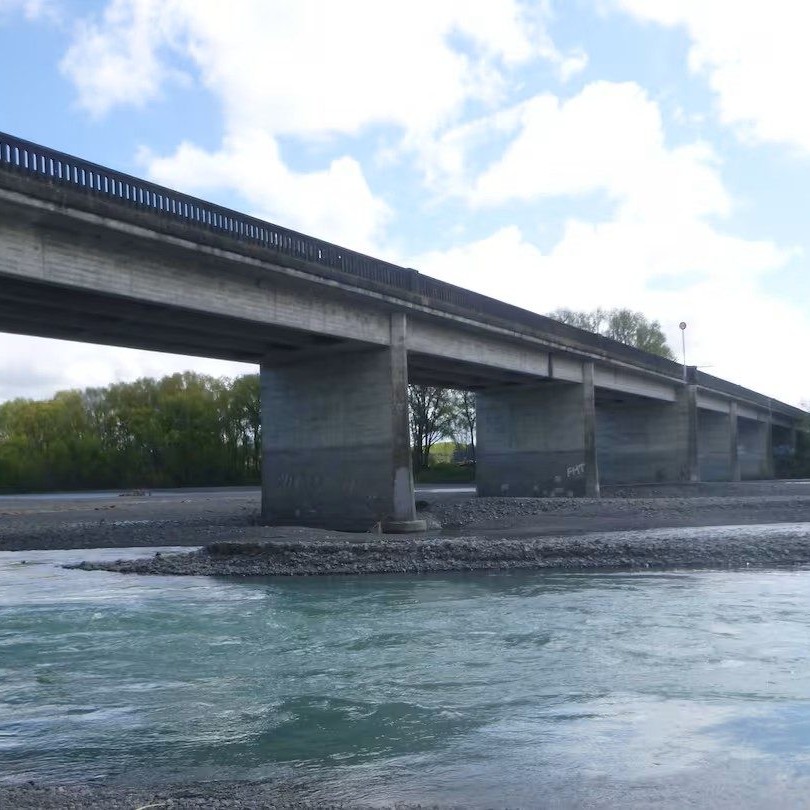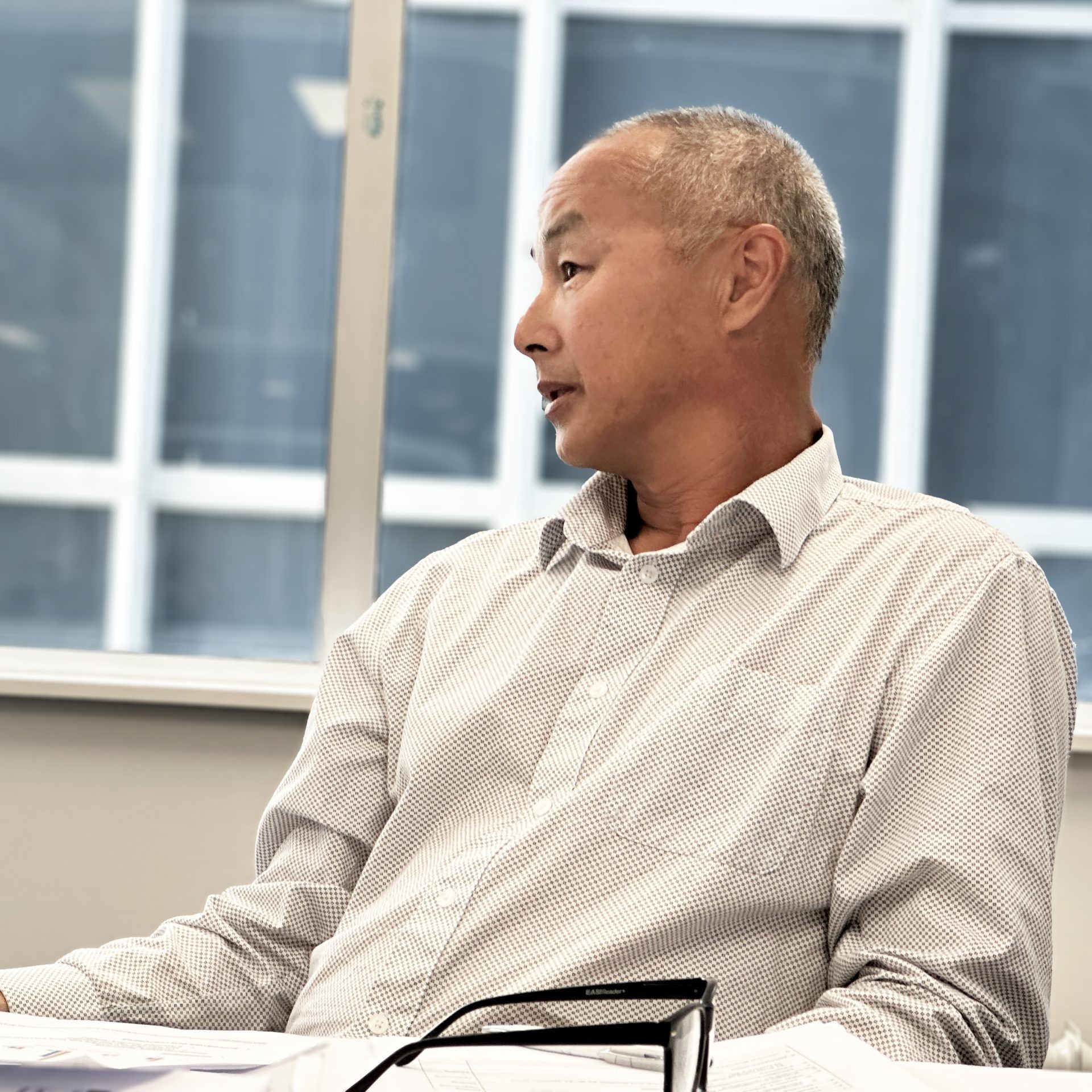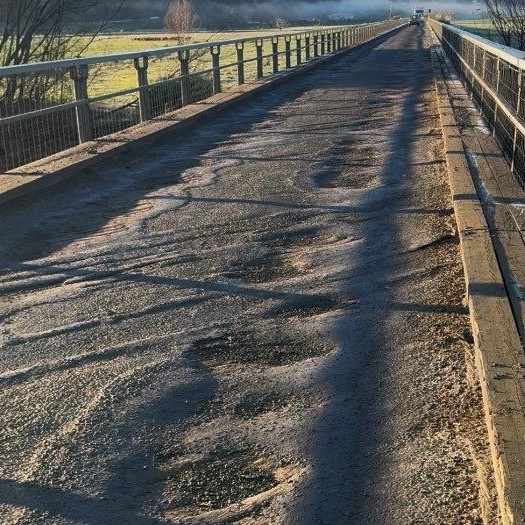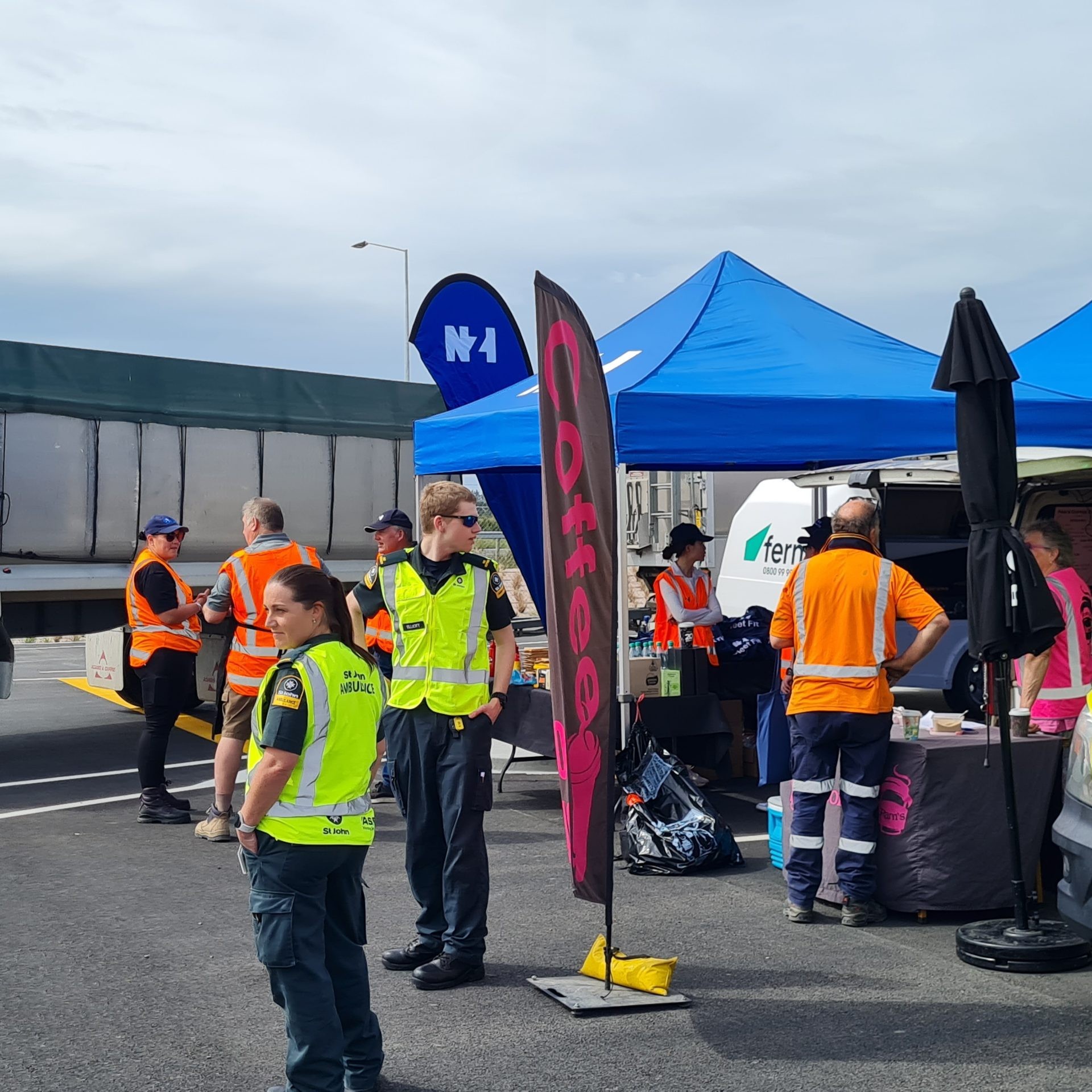
Road freight peak body Ia Ara Aotearoa Transporting New Zealand is warning that sustained Port of Auckland (POAL) price hikes will hurt businesses and consumers across the country, unless accompanied by significant port productivity gains.
POAL recently announced increases in port access fees and other charges effective January 2025 and 2026, following on from substantial increases in January this year.
Transporting New Zealand Interim Chief Executive Dom Kalasih says that as one of the largest container and import ports in the country, POAL’s ship processing and truck turn around performance has flow-on effects for all other ports in the country.
“Our members have been pleased to see POAL’s reported truck turn times reduce from around 20 minutes in the first four months of 2023, to just over 16 minutes in 2024. Time spent parked up and waiting is frustrating for drivers and incredibly unproductive for freight companies.
“However, these modest gains look significantly less impressive when compared to the big hikes in POAL charges that our members have to pay on behalf of their customers. To give just one example, in December 2022 the POAL peak vehicle booking system (VBS) charge per container was $35. By January next year the combined VBS and Access Fee will be $130. Businesses and consumers are going to feel that at the hip pocket.”
Transporting New Zealand’s concerns about port pricing and productivity are shared by the New Zealand Council of Cargo Owners, the organisation representing New Zealand’s largest cargo owners.
NZCCO Chair, Mike Knowles, says the Council recognises the need for the port to achieve a return on investment but if the fees are going to climb there must be a corresponding rise in the port’s productivity – which currently languishes below that achieved pre-Covid.
“The New Zealand economy can’t afford poor port productivity,” says Mr Knowles. “The wealth of our country depends on our ability to trade competitively. There are many obstacles across the international supply chain that we can’t control so it’s absolutely imperative that we get right those things that are within our control – such as the efficiency with which we move goods through our ports.”
Mr Knowles said that overall New Zealand port productivity has slipped since pre-Covid and POAL’s productivity slump is particularly concerning given its strategic significance to the rest of the port network.
“If a vessel is delayed at POAL the impacts ripple across the vessel’s scheduled visits to other New Zealand ports creating delay, congestion, added cost and uncertainty, and ultimately market risk for New Zealand exports.”
Silver linings for port users
Kalasih says that while the size of the POAL cost increases is unwelcome, providing longer term pricing indications will be helpful for road freight companies, who have to pass on port charges to customers and update their contracts accordingly.
“Trucking companies already pay a lot of their costs up-front, such as road user charges, while also operating on tight margins. That’s why it’s particularly important that cost increases from other supply chain partners are well sign-posted, so our members can adjust their contracts and pricing.
“We’re calling on other ports to provide pricing indications well in advance. We also want all ports to be transparent with their pricing so that everyone clearly understands how the income generated by these increased costs is being invested and the respective benefits expected, Mr Kalasih says.
“It’s vitally important that road freight operators understand their costs, ensure they are pricing any pickup and drop offs appropriately, communicate this to customers, and pass these costs on as appropriate.”
Kalasih has also welcomed POAL’s announcement of improved driver facilities and parking lanes, but is waiting for additional details and wants constructive consultation.
“Ports and other supply chain partners have a big impact on truck driver safety and wellbeing. We’re pleased to see POAL investing in facilities that will help ensure freight operators are well rested, comfortable, and not forced to park in areas that can disrupt other road users.
“We look forward to receiving additional information on these infrastructure improvements, and being consulted on their design and implementation.”
Mr Knowles said that NZCCO also welcomes the improvements that POAL has planned but cautions that steps to improve productivity are going to need to be implemented at pace.
“If New Zealand is to achieve the Government’s goal of doubling exports, the increased volumes are going to place considerable pressure on a port network that is already under the pump. And given that current import volumes are not strong we have serious concerns about how the port network will perform when there is an upswing.
“POAL can make a big difference to how well the country’s supply chain works if it gets it right.”
Contacts:
Dom Kalasih
Interim Chief Executive, Ia Ara Aotearoa Transporting New Zealand
021 441 4309
Jo Murray
Executive Officer, NZCCO
0274 895323





